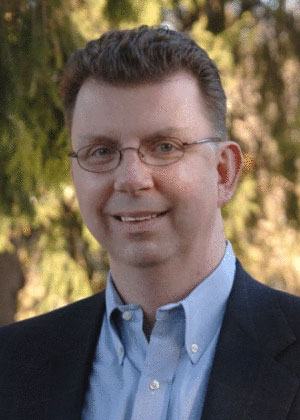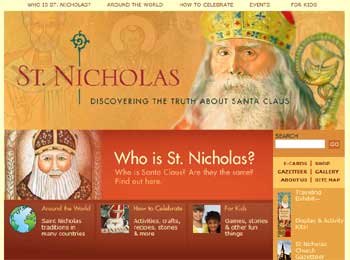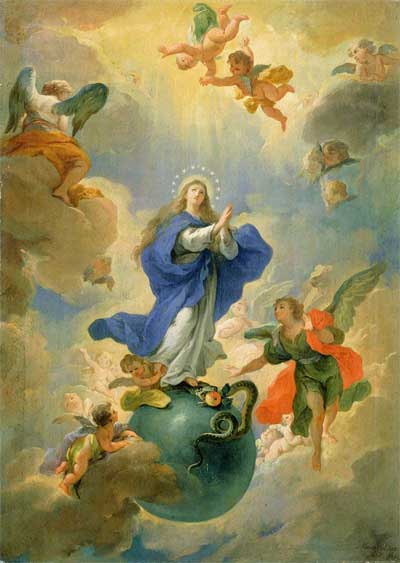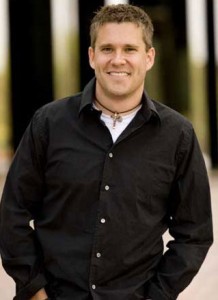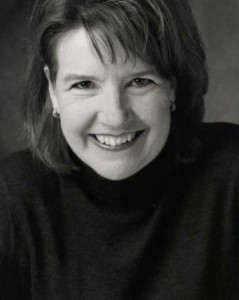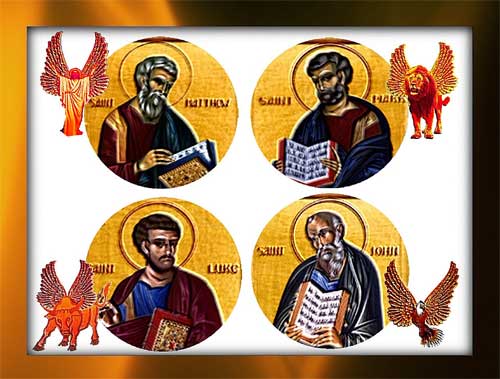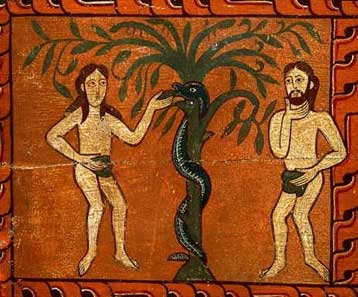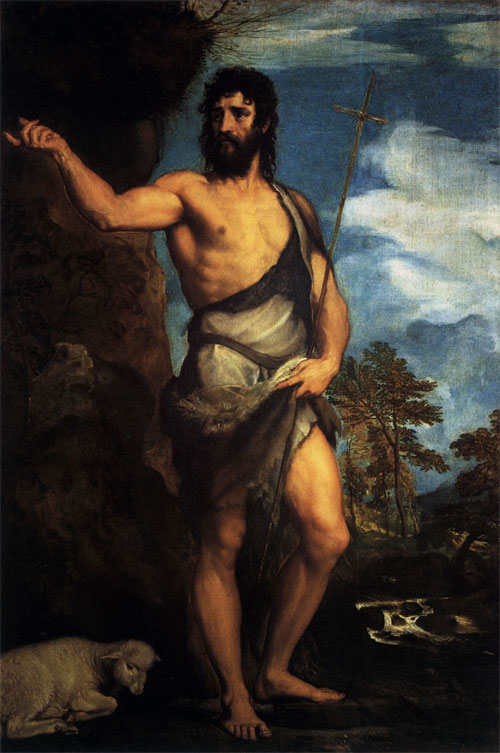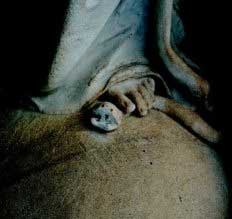Podcast: Play in new window | Download (Duration: 6:57 — 6.4MB) | Embed
Subscribe: Apple Podcasts | Spotify | Amazon Music | Android | Pandora | iHeartRadio | JioSaavn | Podchaser | Gaana | Podcast Index | Email | TuneIn | Deezer | Anghami | RSS | More
O God,
who by the Immaculate Conception
of the Blessed Virgin Mary,
did prepare a worthy dwelling place for Your Son,
we beseech You that,
as by the foreseen death of this, Your Son,
You did preserve Her from all stain,
so too You would permit us,
purified through Her intercession,
to come unto You.
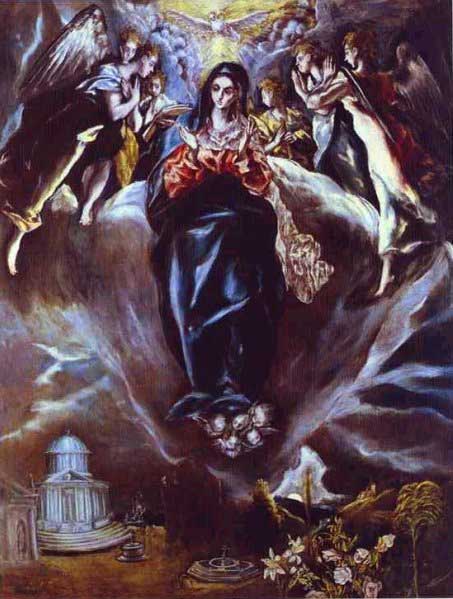
Through the same Lord Jesus Christ,
Your Son, who lives and reigns with You
in the unity of the Holy Spirit,
God, world without end.
Amen.
O Mother of the King of the Universe,
most perfect member of the human race,
“our tainted nature’s solitary boast,”
we turn to you as mother,
advocate, and mediatrix. O Holy Mary,
assist us in our present necessity.
By your Immaculate Conception,
O Mary conceived without sin,
we humbly beseech you from the bottom of our heart
to intercede for us with your Divine Son
and ask that we be granted the favor for which we now plead…
(State your intention here…)
O Mary of the Immaculate Conception,
Mother of Christ,
you had influence with your Divine Son while upon this earth;
you have the same influence now in heaven.
Pray for us
and obtain for us from him
the granting of my petition if it be the Divine Will.
Amen.
On the last day of this Novena, recite the Litany of the Blessed Virgin.
For the complete 9 day novena visit the Discerning Hearts:
The Immaculate Conception Novena page

